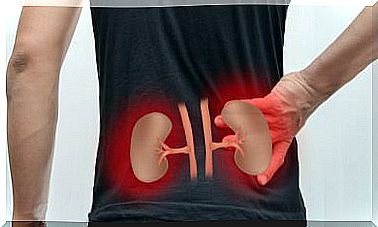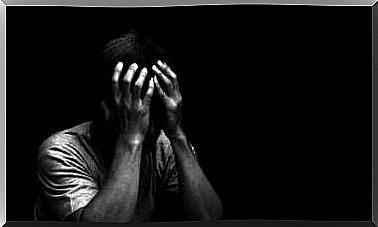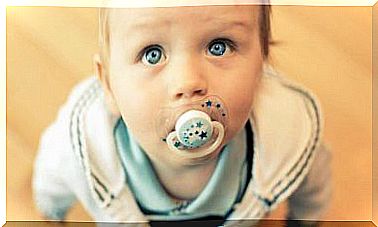What Is Dyspraxia And How Does It Affect Some Children?
Dyspraxia in children is a psychomotor disorder that, at first glance, could be confused with clumsiness, slowness or carelessness.
So when a child has dyspraxia, they may have difficulty tying their shoes, buttoning their shirt, and doing other actions. You may also bump into door frames and walls relatively easily and frequently.
The common actions that other boys of his age are simple, for the dyspraxic they are usually a challenge. They usually have a hard time riding a bike, kicking a ball, or catching a ball.
This disorder prevents the proper development of fine coordination skills (coloring, writing, cutting) and gross coordination (skating, running, swimming). In some more serious cases, it can affect the facial muscles with the consequent difficulty to articulate words correctly.
Types of dyspraxia
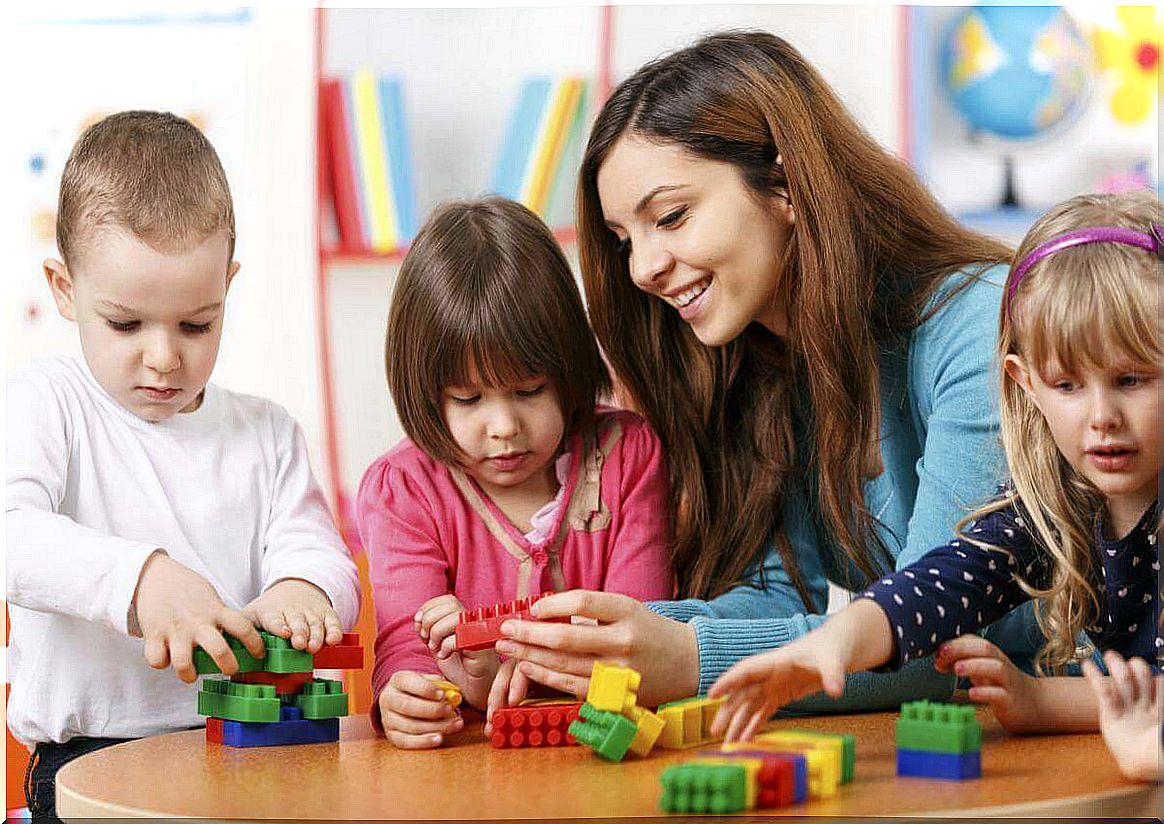
Like most developmental disorders, dyspraxia in children can involve several areas and present to varying degrees.
Oromotor
It affects the coordination of the muscles needed to pronounce words. They have trouble expressing long sentences, skip words in sentences, or organize them out of order.
Ideomotor
Prevents successful simple action such as waving goodbye or combing your hair. This is because the sequence of thinking and acting is interrupted.
Ideation
It obstructs the execution of a sequence of movements (for example, brushing teeth or tying shoes). Routine series of activities are very difficult to put into practice.
Constructive
It hinders the ability to understand the spatial relationships between objects. Some examples of this type of dyspraxia is the inability to use building blocks or copy geometric shapes.
Possible Causes of Dyspraxia in Children
Although the exact causes of this condition have not yet been determined, there are some factors that are considered responsible for it.
- Low birth weight
- Genetic predisposition.
- Premature birth.
- Mothers who used alcohol or drugs during pregnancy.
The immaturity of neurons (perhaps due to brain injury) is a key conditioner for this syndrome.
Diagnosis
There are no specific tests to diagnose dyspraxia in children. Symptoms usually appear after one year of age, becoming more evident at school.
If you notice that your child does not have the skills to perform simple tasks, it is wise to monitor their development for at least 6 months. It is also very helpful for the specialist to take note of the situations, frequent or isolated, in which he presents difficulties.
After evaluating the child and reviewing your notes, the doctor should rule out a neurological condition by doing neuropsychological tests. In these, motor and intellectual skills will be taken as a reference according to the age of the child.
Treatment of dyspraxia in children
The way to treat dyspraxia and its evolution will depend on certain factors such as type, grade and the age at which it is diagnosed. Also, the constancy and commitment of the parents during the treatment is important.
Parents will need to acquire special training to help their child efficiently. The specialist will provide you with tools and strategies to deal with the most common difficulties. Boosting your child’s skills will help boost his self-esteem. Likewise, the therapist’s techniques should be applied to train the skills that he lacks.
Final thoughts
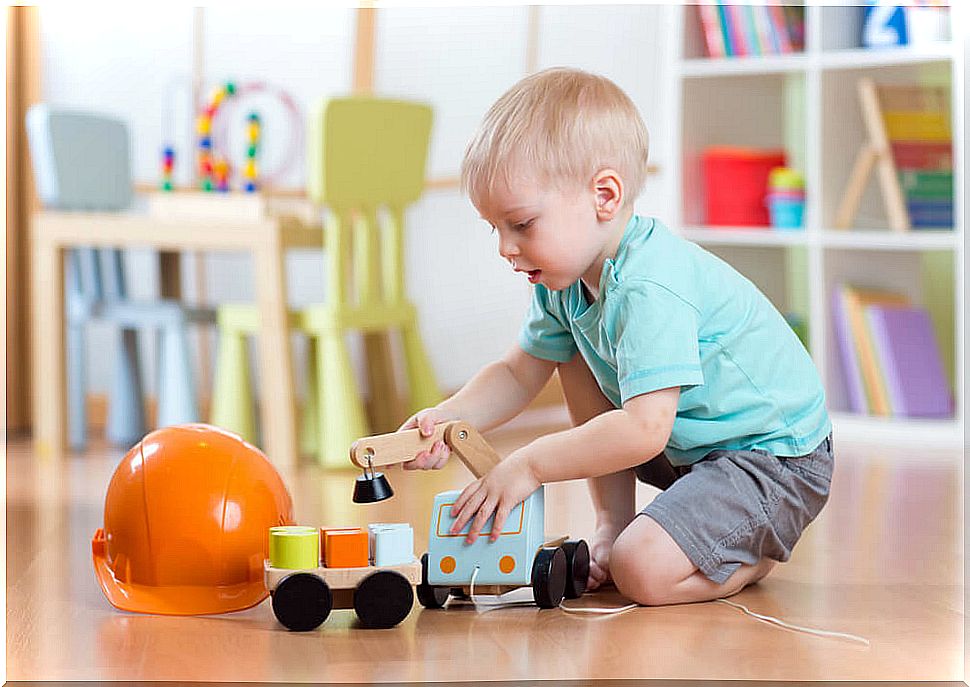
It should be clarified that dyspraxia is a pathology that does not imply an intellectual deficiency. Most of those affected have normal intelligence. It is good to explain to the child that he has a disorder that complicates his development but does not affect his intelligence.
This is a condition in which you will have to have a lot of patience to support the child. It is also ideal to use tricks that make your life easier, for example, shoes with Velcro instead of laces, T-shirts instead of shirts or plastic tableware to prevent them from breaking.
Avoid assigning tasks that are beyond her abilities until therapy helps her overcome them. Dispense with comments that expose you or that may affect your self-esteem. Do not compare him with others, express how much you value his effort, celebrate his progress and apologize for any accidents he may have during the process. With this you will not only be showing your love to your child: you will also be turning him into a more optimistic and happy being.






